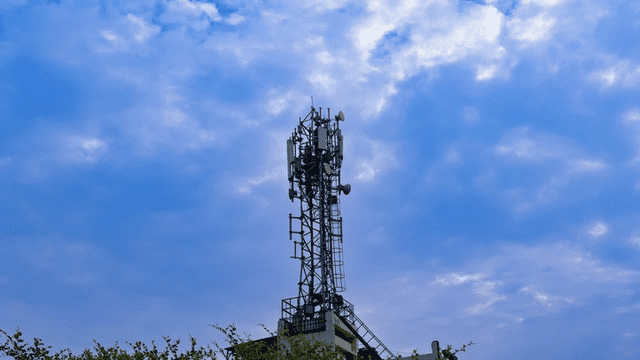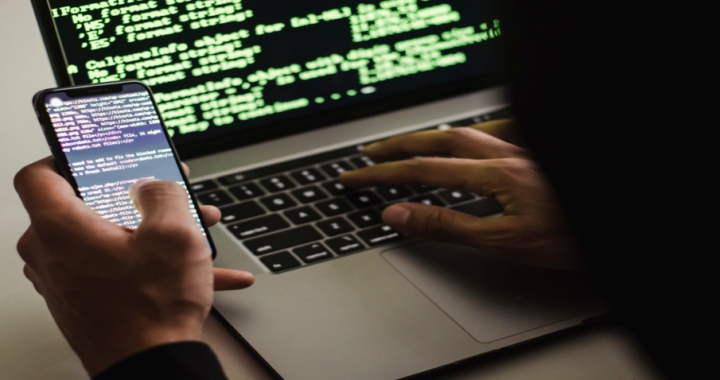Investigating a crime by collecting, analyzing, and preserving evidence that was stored in mobile devices has become a major part of digital forensics. Nowadays, no crime is committed without the help of a mobile phone. They’re used for coordinating, capturing images, or recording footage. This means they hold crucial evidence which, when investigated, can lead to a conviction.
Mobile forensics involves a series of steps that must be carefully carried out; this includes seizing, isolating, transporting, and storing relevant pieces of evidence that are to be used in legal proceedings.
The process of collecting evidence for mobile devices is quite similar to that for general digital forensics. But every step must be carried out in accordance with industry-standard methodologies to yield good results. Let’s discuss some of them in this blog:
The Mobile Forensics Process
1) Seizure
The first step involves the confiscation of the mobile phone. Some legal considerations must be taken into account during the confiscation of mobile phones, however.
Mobile devices are usually seized switched on. The transportation of mobile phones when shut down can cause file alteration; therefore, it’s advisable to transport them switched on. These phones are mainly transported in a Faraday bag with a power supply. The mobile phones are disabled with regard to all network connectivity and flight mode is turned on to secure the integrity of the evidence.
Over the past two years, the field of mobile device forensics has experienced significant progress in response to the dynamic landscape of digital technology. Cell phone forensics experts have adapted to the increasing sophistication of criminals in exploiting mobile devices, employing new methodologies and tools to conduct thorough investigations.
The initial step in mobile device forensics remains the seizure of the mobile device. However, recent considerations underscore the importance of adopting a nuanced approach. Legal complexities surrounding the confiscation of cell phones have prompted digital forensic experts to exercise greater caution in adhering to privacy laws and regulations. Additionally, a heightened emphasis has been placed on seizing devices in an operational state to mitigate potential file alterations during transportation.
2) Acquisition
This step covers identification and extraction. Once the device has been seized, usually a duplicate of the media file is created. This process is referred to as acquisition. A software imaging tool such as Encase is used to create a duplicate file. This media file is then stored carefully to prevent any tampering. Next, the media file is verified through a process known as hashing. Hashing ensures all data in the file is in its original state.
Advancements in mobile device forensics acquisition techniques have significantly bolstered the identification and extraction phase. Cell phone forensics experts now commonly rely on cutting-edge software imaging tools such as Magnet AXIOM and Cellebrite UFED for the creation of duplicate media files. These tools, recognized in the realm of digital forensics, contribute to enhanced speed and efficiency, empowering forensic experts to navigate through extensive volumes of data seamlessly.
Moreover, the adoption of cloud-based acquisition methods has emerged as a pivotal development in the field of mobile device forensics. Digital forensic experts leverage these techniques to access and analyze data stored on various cloud platforms, thereby expanding the scope of their examinations. This dynamic integration of technology underscores the continual evolution of the tools and methodologies employed by cell phone forensics experts to ensure comprehensive and effective investigations.

3) Analysis
After this phase, the media file is sent for analysis, which is done using different approaches. A set of tools and techniques are utilized by mobile device forensics to extract data from the media files. This is a critical process, as there are a ton of devices on the market.
4) Examination
Lastly, all crucial evidence that has been extracted is stored and documented so it can be presented to a forensic examiner or in the court.
If you are seeking cyber or digital forensic services in Florida or your organization needs to hire a digital cyber expert, we suggest you opt for our services. Our professional teams of cyber forensic experts at Eclipse Forensics possess extensive knowledge in this field and are known for delivering excellent results. Call us today to find out more.











